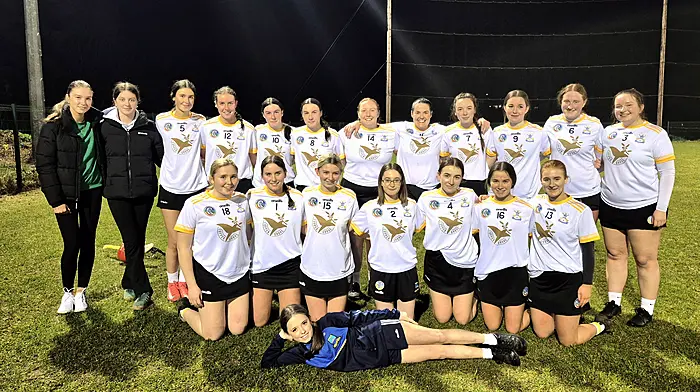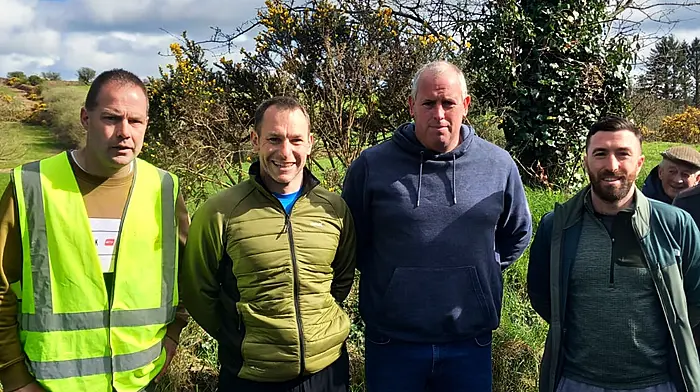SIR – The just-published Dead of the Irish Revolution (DIR), a 1916-21 fatalities database, continues fighting the November 28th, 1920 Kilmichael Ambush. Eunan O’Halpin devotes three pages to a mini-defence of controversial historian the late Peter Hart.
Thirty-six IRA fighters defeated an 18-man British Auxiliary patrol, 16 of whom were killed. One escaped but was later captured and executed. Another Auxiliary, severely wounded, was left for dead.
In 1998, Hart reported that ambush commander Tom Barry was a vainglorious lying ‘serial killer’ and that the War of Independence was an ethno-sectarian squabble. Other revisionist historians predicted difficulties for those defending the Cork IRA. Quite the reverse has happened.
Controversy centres on Hart attempting to undermine Barry reporting an Auxiliary false surrender, resulting in IRA casualties, followed by a fight to the finish with no acceptance of further surrender attempts. O’Halpin’s defence begins with a simple mistake, asserting that Barry claimed all three IRA casualties as false surrender victims, Pat Deasy, Jim O’Sullivan and Michael McCarthy. Barry indisputably stated two, Deasy and O’Sullivan.
O’Halpin defends Peter Hart’s anonymous late-1980s ‘interviews’ with two elderly ambush participants. One occurred six days after Ned Young, the last surviving participant, died.
O’Halpin resolves the problem with historian Eve Morrison’s claim that a Willie Chambers is the missing man. But, in The Southern Star in 2017, Morrison reported Chambers during the ambush guarding a bridge 15km away.
In August, Morrison reported that Ned Young, the other alleged Hart interviewee, did not discuss the ambush (or Tom Barry) at all. That should not surprise us. His son John pointed out in 2008 that his then 96-year father suffered a debilitating stroke two years earlier. Hart therefore interviewed an ambush veteran who did not speak about it and someone not there, who did.
O’Halpin, like Hart, ignores participant descriptions of a false surrender. Ned Young, who reported being away from the ambush proper pursuing an escaping Auxiliary, spoke of a false surrender relayed to him immediately afterwards.
His comrades also said John Lordan killed an Auxiliary he accused of falsely surrendering. Sonny O’Neill, the first ambush fighter to publish on the subject, in 1937, is similarly ignored. Since Tom Barry’s Guerilla Days in Ireland is dismissed, it is hardly surprising that its contribution is misreported.
A different approach is evident in DIR commentary on the April 1921 killing of Kate Carroll in Monaghan. She featured in revisionist accounts of the IRA’s supposed war on Protestants and ‘social deviants’. Here, DIR readers are spared knowledge that after 29 years historians discovered Carroll was Catholic. The saga is explained in my essay, ‘She is a Protestant as well’.
The book is an objective database to the extent that, like Hart’s Kilmichael research, its omissions and errors are identified.
Niall Meehan
(author of Examining Peter Hart),
Griffith College, Dublin.










